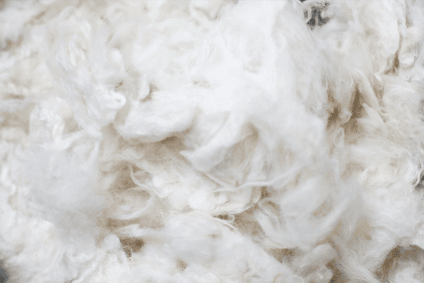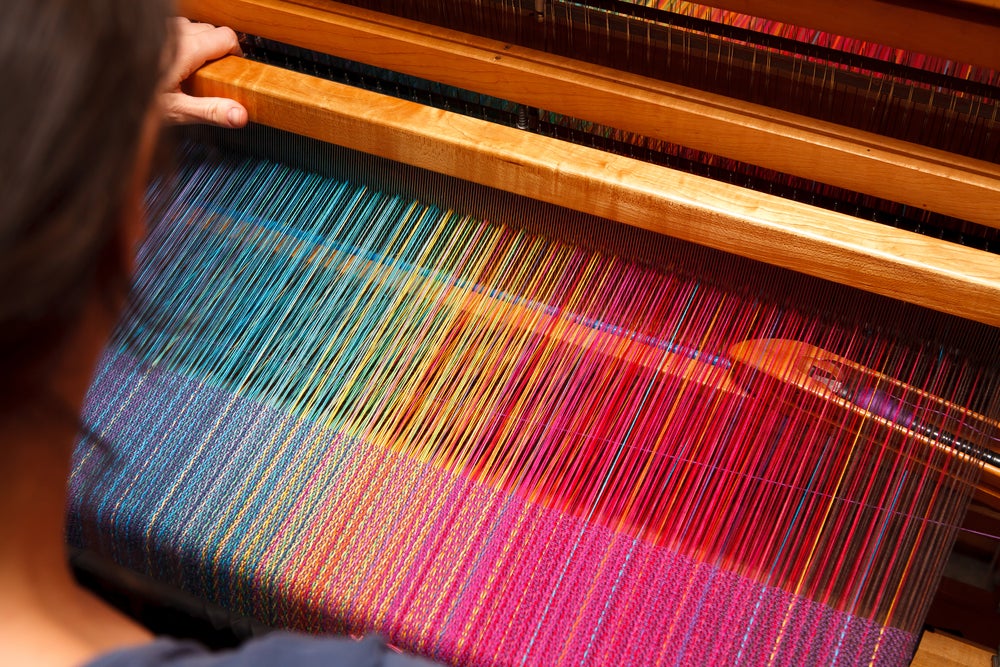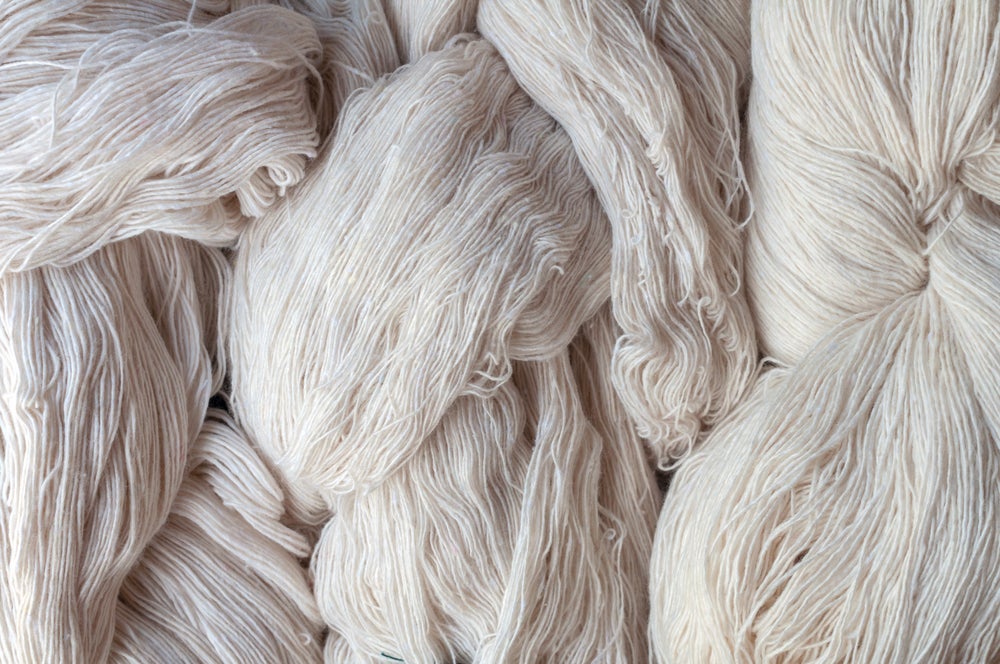
Amid rising concerns over the impact of microfibres from synthetic textiles polluting the aquatic environment, a group of scientists in New Zealand is now studying how woollen clothing biodegrades in seawater.
The research by two Crown Research Institutes – AgResearch and Scion – will also help inform manufacturers and retailers of the performance of woollen goods like clothing.
Studies indicate that microfibres (up to 5mm in size) are entering rivers, lakes and oceans in large quantities – particularly from clothing and other materials in washing machines, where the tiny fibres can come loose and travel with the water into the drain, and ultimately to ocean outfalls.
A 2016 study pioneered by Patagonia and conducted by the Bren School of Environmental Science & Management found that one fleece jacket can shed up to 250,000 microfibres during a single wash.
More evidence is also required for microfibres from interior textiles like carpets, bedding and other products that are cleaned less often.
See Also:
In the ocean, smaller microfibres can be ingested by the marine life and can end up in the food chain, potentially creating health issues as volumes increase.
How well do you really know your competitors?
Access the most comprehensive Company Profiles on the market, powered by GlobalData. Save hours of research. Gain competitive edge.

Thank you!
Your download email will arrive shortly
Not ready to buy yet? Download a free sample
We are confident about the unique quality of our Company Profiles. However, we want you to make the most beneficial decision for your business, so we offer a free sample that you can download by submitting the below form
By GlobalDataAgResearch senior scientist Steve Ranford says the limited data available suggests wool – being a natural protein fibre – breaks down at a far greater rate in sea water, and therefore presents far less risk to the marine environment than synthetic fibres like polyester and nylon.
“To test that, we will be working with another Crown Research Institute, Scion, in an experiment that tests how samples from both woollen clothing and carpets biodegrade in controlled salt water conditions, compared to samples from the synthetic alternatives,” he says.
“This initial study will take place over a 90-day period, and from that our scientists will analyse the results and document what is left of the samples, and will be able to provide some information about how these materials break down and at what rate.”
“From there our research will consider other factors relating to the different materials and how they break down.”
“The aim is to provide the public with objective information as they make choices about what they buy, as well as inform manufacturers and retailers of the performance of goods like clothing and carpets.”
“There is a growing movement around the world by industry and governments towards more transparency about products and their potential impacts on the environment, and having good quality research is important for this discussion.”
Earlier this month, a group of European industry associations representing the global garment value chain set upp a ‘Cross Industry Agreement’ on microplastics to try to find viable solutions to the release of these minute particles into global marine and freshwater during the entire textile lifecycle.







